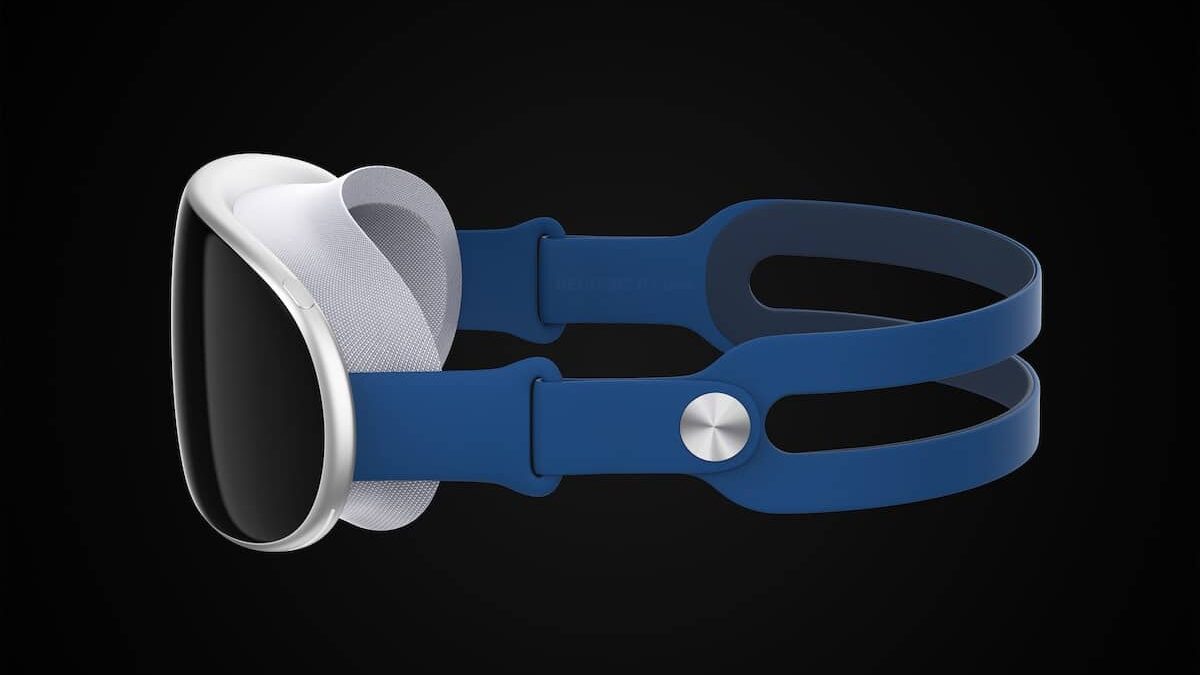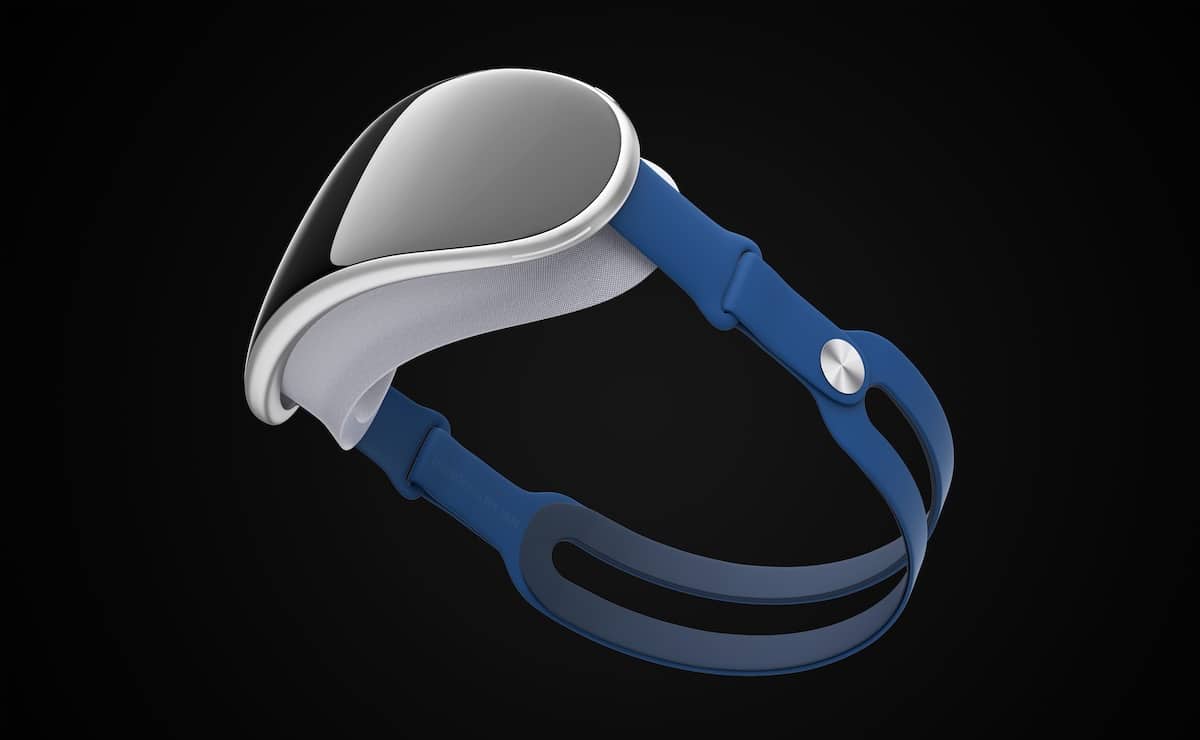Apple’s AR/VR headset, which has been in the works for several years, could be in customers’ hands as soon as this year. And according to a research report shared by display analyst Ross Young, the device will feature three displays, not the traditional two.

Apple’s mixed reality headset will feature ‘innovative three-display configuration’
As per the report, published by a group of analysts that specialize in the display supply chain, Apple will combine two micro OLED and AMOLED panels to form the main viewing area of its first mixed reality headset. The micro OLED display will be used as the main display for the device, but it is currently not known what the AMOLED display will be used for.
We predict that Apple’s headset will have an innovative display configuration, with three display modules; two Micro OLED displays and one AMOLED panel.
It is thought that the AMOLED panel will be used for peripheral vision with two 4K displays making up the main viewing area because its pixel density is low. The report also notes that the headset will cost several thousand dollars, which is in line with previous reports. “Our assumption is that the first-generation headset will be a high-end device targeted at professionals and developers to expand Apple’s ecosystem in AR/VR,” the report states.

The report expects the tech giant to have the new headset ready to go by the second half of the year. It is possible that Apple could offer a first look at its headset at WWDC in June 2022 in order to give developers enough time to design apps for the platform before its scheduled launch.
So, what we know about the headset’s design is that it is allegedly similar to Facebook’s Oculus device but will be lightweight, less than 150 grams, for more comfortable all-day wear. To achieve that, the company will use Fresnel’s hybrid ultra-short focal length lenses and OLED displays with 3,000 PPI.
Powered by an M1-like processor, the headset will also feature advanced hand gesture detection, eye tracking, iris recognition, voice control, skin detection, facial expression detection, and spatial detection.
Read more: